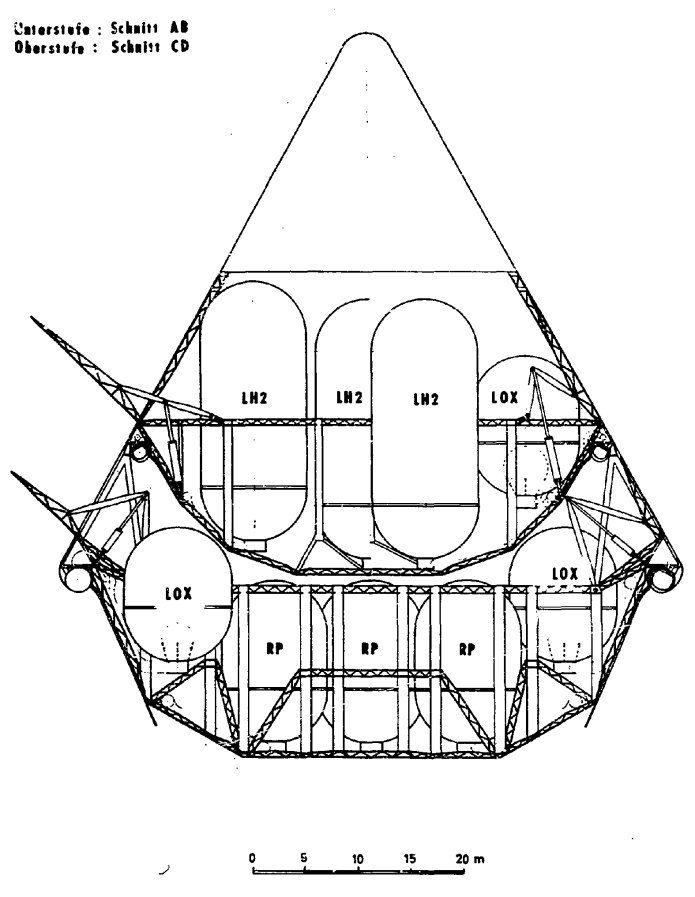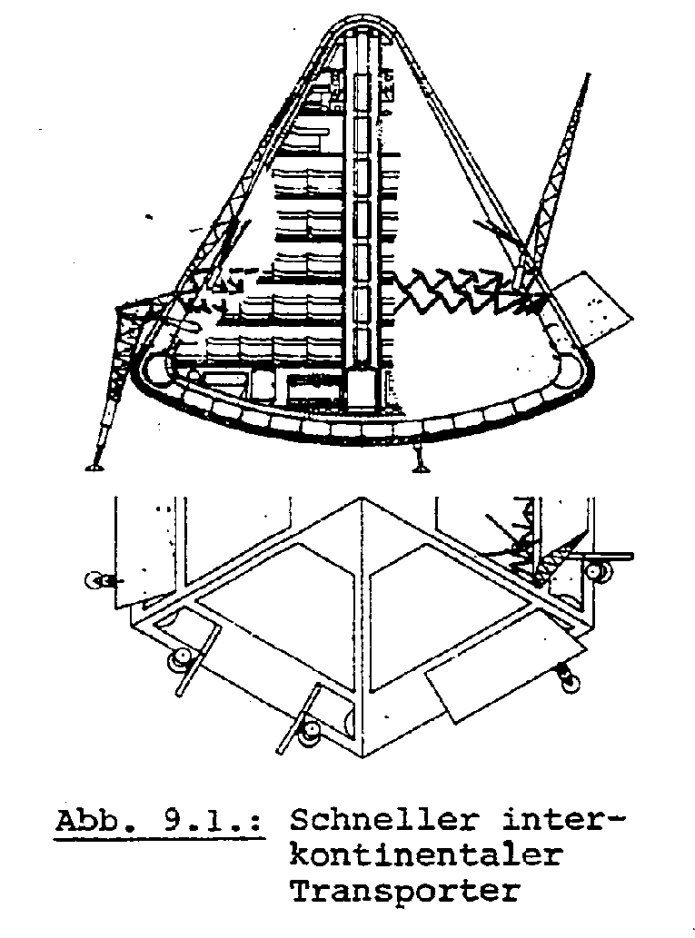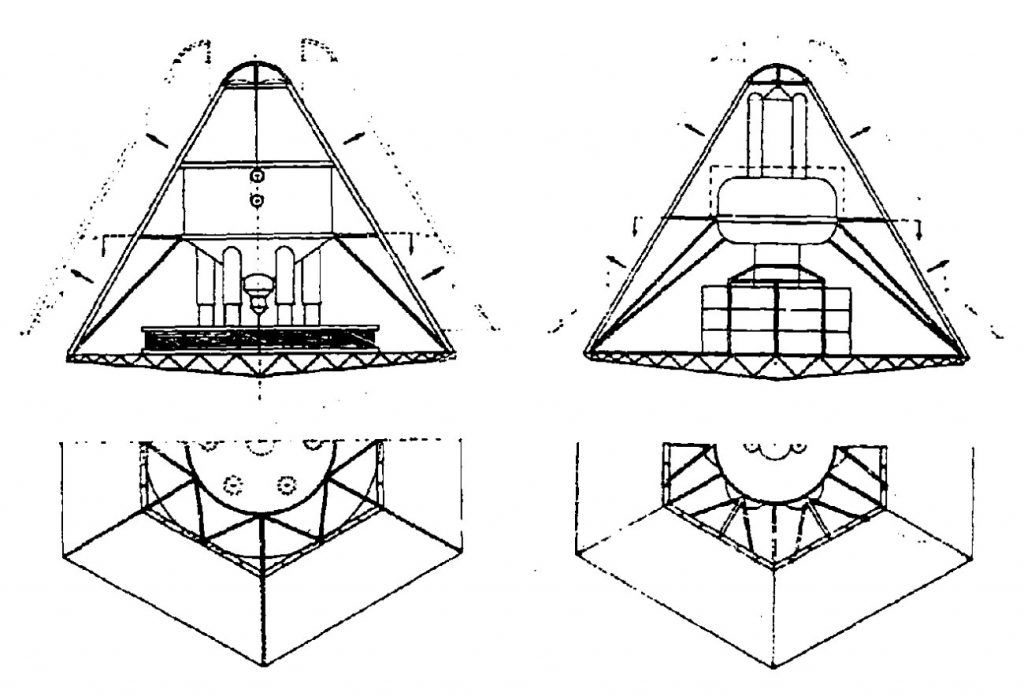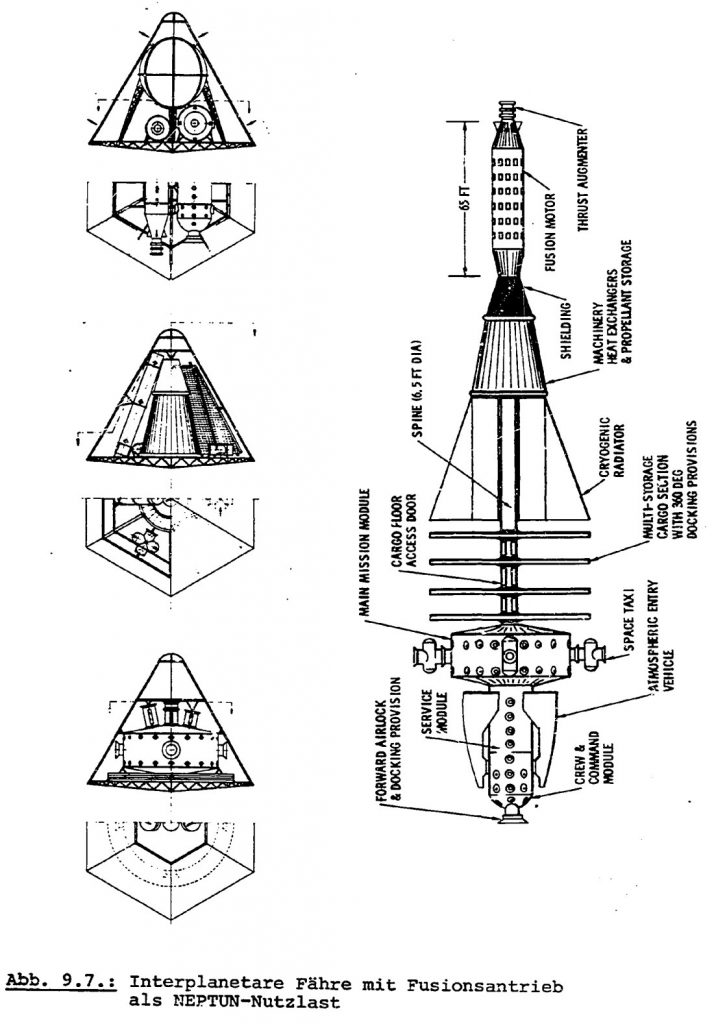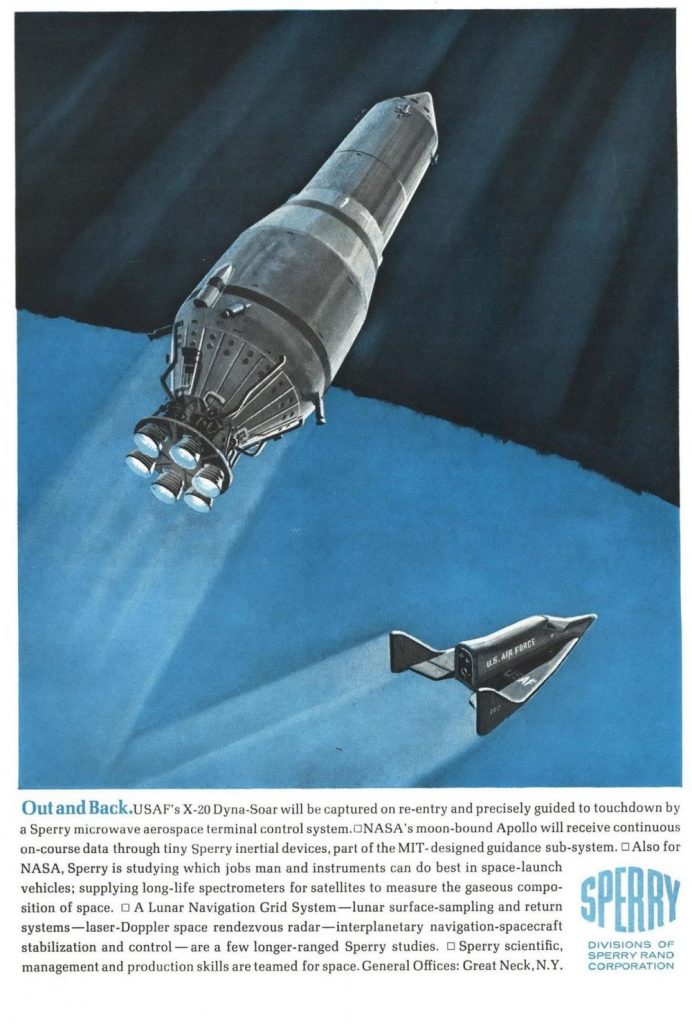“War is an argument. Best way to end the argument is to kill the other fella.”
In July of 1997, TNT aired the two-part miniseries “Rough Riders” about Theodore Roosevelts troops, their training and combat in the Spanish-American War. It was one of those minor blips in the history of television that was *far* better than it had any right to be. Why? Partially the story, but a lot of it has to do with the director and co-writer: John Milius. If you don’t know who that is… firstly, what the frak. Secondly: he wrote/directed the original “Conan the Barbarian,” “The Wind and the Lion,” and “Red Dawn.” (The original, not the neutered remake.) The man knows how to make a damned entertaining red-blooded show.
The cast is filled with names that just put a smile on your face when you think about them acting together in a war movie. Sam Elliot plays an Arizona sheriff; Tom Berenger, complete with a set of impressive dentures, chews up the scenery and Roosevelt. R. Lee Fricken’ Ermey plays Secretary of State John Hay; Dale Dye (you might not recognize the name, but you *will* recognize the face from many movies and the voice from many military documentaries) plays General Leonard Wood. Gary Busey is an old Confederate officer, often quite entertainingly bonkers.
“Rough Riders” is that rare Hollywood product that does not wallow in America-bashing, even though the imperialism that was behind the Spanish-American War would certainly seem to merit it. No, “Rough Riders” is proudly patriotic. The American soldiery and leaders are shown to be flawed and venal and corrupt and incompetent from time to time, and yet they are on the whole shown to be good people, proud of what they are doing and why. Some of their motives are suspect by modern standards: George Hamilton plays William Randolph Hearst, the media mogul who almost single-handedly started the war for the purposes of increasing newspaper sales; quintet of New York rich boys are enthusiastic about going to war for the specific purpose of covering themselves in glory. But at the end of the 19th century, I imagine that sort of thing would have been far more common than it was post-World War One, when people*finally* began to figure out that war really kinda sucks and is less about glory and more about avoiding getting your face blown off.
Berenger clearly had a ball playing Roosevelt, and it’s sad that there was never a followup to this. While a miniseries or three about Roosevelts time as President might not be as immediately obvious as his time in the military, it would have been fun to see him leading the construction of the Panama Canal.
I pull out the DVD every couple years and re-watch it. It’s highly recommended.

